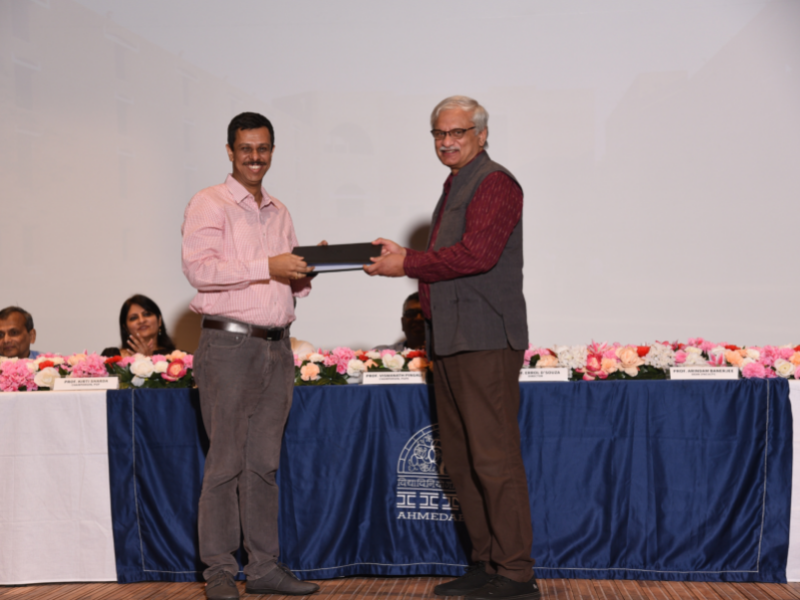1. What is this case about?
The case delineates the situation Shemaroo Entertainment Limited (Shemaroo) faced regarding the company's rebranding exercise, product portfolio and future course of action. Shemaroo was founded in 1962 by Buddhichand Maroo as a book-circulating library in Mumbai. It moved into Video Home System (VHS) and went on to become a leading VHS company with a massive catalogue of movie rights in the 1990s. Post-2000, the company took various measures to create a digital presence. It launched a YouTube channel, a subscription-based satellite TV channel and various value-added services for telecom service providers. The company wanted to transform from a B2B company into a B2C firm as digital content was targeted directly to the consumers. It underwent a rebranding exercise by launching a new logo and tagline to communicate its new proposition. In 2019, it launched ShemarooMe, an OTT platform for Indian movies. In January 2020, it started an exclusive TV channel in the Marathi language and, in the same year, launched Shrimad Bhagavad Gita, a Bluetooth audiobook. With all these developments, integrating the entire product portfolio into the existing business model for future growth was a challenge for Shemaroo.
2. What is the focus of the case?
The case focuses mainly on branding and related areas. In particular, it focuses on the need for rebranding and how a company may undertake rebranding. The case also gives insights into brand portfolio management and branding strategy.
3. How did you go about writing the case?
We have known Shemaroo as a video cassette company that used to own rights to many Indian movie videos. I read a news article that mentioned Shemaroo's rebranding exercise. The company had unveiled its new logo. I wondered why such a move would be needed. I contacted the company and wrote the case.
4. What did you enjoy the most about writing the case? What was your biggest challenge?
The best part about the case writing was that the company was delighted to share information with me. I visited the company's office in Mumbai, where I interacted with at least six employees from the top management to discuss the brand's history, present strategies and future perspectives.
The biggest challenge was handling the data and reducing it to a manageable level without compromising on the narrative. I had a day-long interview with various people from the company, and thus I had an almost 50-page transcript.
5. What is your view of case-based teaching as a pedagogical tool?
Case teaching as pedagogy is ancient. Even Vikram Vetaal and Panchatantra are examples of case-based teaching. However, with the changing times and increasing digital presence, we need to change the way cases are written or presented. Most case repositories are shifting to small cases that keep readers' attention. In addition, we need to experiment with novel formats of cases such as video or graphic cases. I have a graphic case published by IIMA on a company called ThatsPersonal. Such cases can attract and keep readers' attention and successfully continue the legacy of case-based teaching.

The case can be found at the IIMA Case Centre Website: Shemaroo: On/Off Where to Draw the Line?

About The Author

Prof. Subhadip Roy
Prof. Subhadip Roy (subhadipr@iima.ac.in) is a faculty in the Marketing Area.